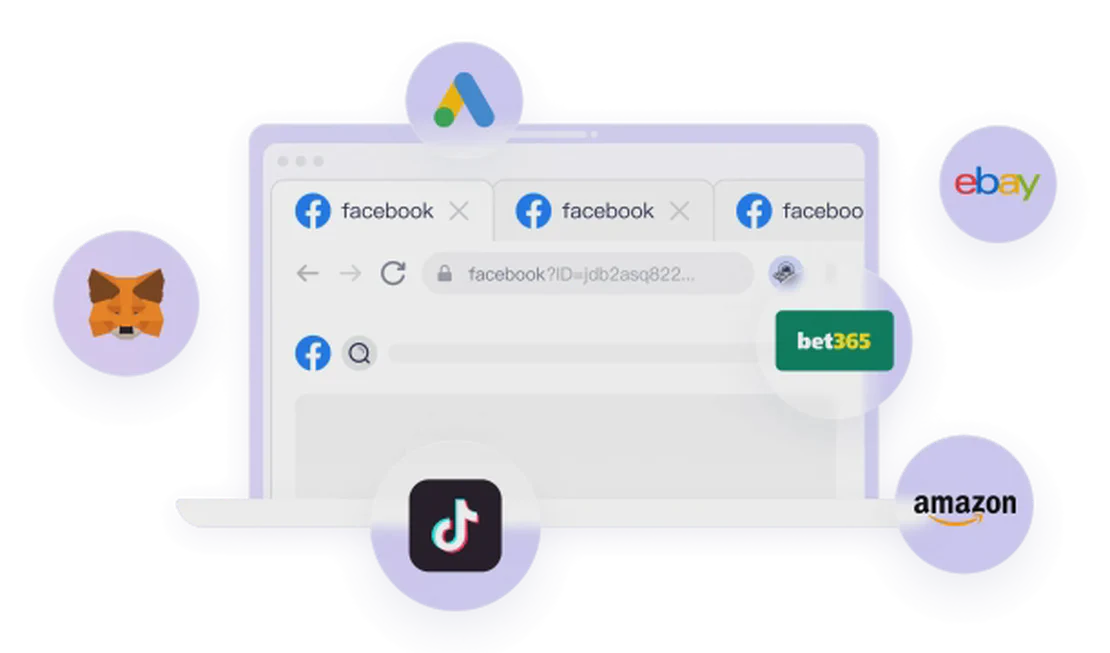10 Questions and Answers about Client Hints
Client Hints are the next generation of user identification technology, gradually replacing the traditional User-Agent ˚string. Through the following 10 questions, we’ll guide you through what they are and what they mean for your online privacy.
1. What are Client Hints?
Client Hints are a set of HTTP request headers that provide specific information about the client (i.e., your browser and device) to a server. They are a modern replacement for the old, messy User-Agent string, designed to share browser environment information in a more structured and privacy-preserving way.
2. Why were Client Hints introduced to replace the User-Agent?
The traditional User-Agent string contains a large amount of fixed, detailed information, making it easy to use for passive fingerprinting. Client Hints were designed to have the server actively request the information it needs, rather than the browser sending everything by default, theoretically giving users and browsers more control.
3. What does this tool (Client Hints) do?
This tool displays in real-time the specific information your browser is sending to web servers via Client Hints HTTP headers. You can see exactly how your browser brand, version, operating system, architecture, and other details are being obtained by websites.
4. What information do Client Hints reveal?
They reveal various types of information, mainly categorized as low-entropy and high-entropy. Common pieces of information include:
Sec-CH-UA: Browser brand and major version (e.g., “Google Chrome”;v=“124”)Sec-CH-UA-Platform: Operating system (e.g., “Windows”)Sec-CH-UA-Mobile: Whether it is a mobile deviceSec-CH-UA-Arch: CPU architecture (e.g., “x86”)Sec-CH-UA-Bitness: CPU bitness (e.g., “64”)
5. How do Client Hints work?
When you first visit a website, the server can include an Accept-CH header in its response, telling the browser which Client Hints it wants to receive in future requests. The browser then includes these specified HTTP headers in subsequent requests.
6. Are Client Hints truly more private than the User-Agent?
In theory, yes, because they require an explicit request from the server. In practice, however, most modern websites request a range of useful Client Hints. When this information is combined, it can still form a very unique browser fingerprint that is used for tracking.
7. How are Client Hints used for browser fingerprinting?
By combining the values of multiple Client Hints (like browser, version, OS, platform version, architecture), a website can create a highly unique identifier. For example, the combination “64-bit Chrome version 124 on Windows 11” significantly narrows down the pool of users, aiding in identification and tracking.
8. Can I disable or change my Client Hints?
It is difficult for an average user to directly disable or modify Client Hints without breaking website functionality. Some privacy-focused browsers or extensions may try to limit them, but this can lead to compatibility issues. Full control and spoofing of these parameters require specialized tools.
9. Why do websites collect this information?
Websites collect this information for various reasons, including:
- Content Adaptation: Serving optimized content based on your device and browser (e.g., different images for mobile).
- Analytics: Understanding the distribution of their users’ tech environments.
- Security: Detecting anomalous client behavior.
- User Identification: For ad targeting and user tracking.
10. Why should I care about the information revealed by Client Hints?
Because this seemingly harmless information is a key part of what makes up your digital fingerprint. When you need to manage multiple online accounts on one device, if all accounts share the same Client Hints and other fingerprint data, platforms can easily link them together, which can lead to restrictions, bans, or other risks.
Take Active Control of Your Digital Fingerprint
Understanding Client Hints reveals just how sophisticatedly modern websites can profile your browser. Simply hiding your IP address is no longer enough; you need a tool that can comprehensively manage your digital identity. When platform detection technology drills down to the level of Client Hints, Canvas fingerprints, fonts, and WebGL, any small oversight can put all your accounts at risk.
This is where FlashID comes in.
FlashID is a professional fingerprint browser that does more than just hide or disable certain parameters. It builds a complete, authentic, and independent fingerprint environment for every browser profile you create. This means you can:
- Customize Client Hints: Set different browser versions, operating systems, and hardware information for each profile, making them appear as if they are coming from completely different devices.
- Isolate Environments: Cookies, cache, Client Hints, and all fingerprinting data are strictly isolated, ensuring zero association between accounts.
- Automate Operations: Combine with automation features to efficiently manage hundreds of accounts while maintaining the independence and security of each one.
With FlashID, you can actively control your digital identity instead of being passively identified and defined by websites. It’s an essential tool for multi-account operations and privacy protection in today’s online environment.
You May Also Like
